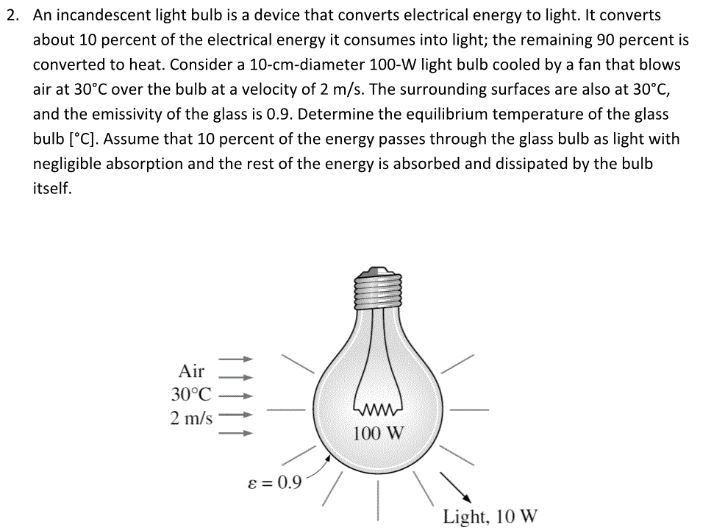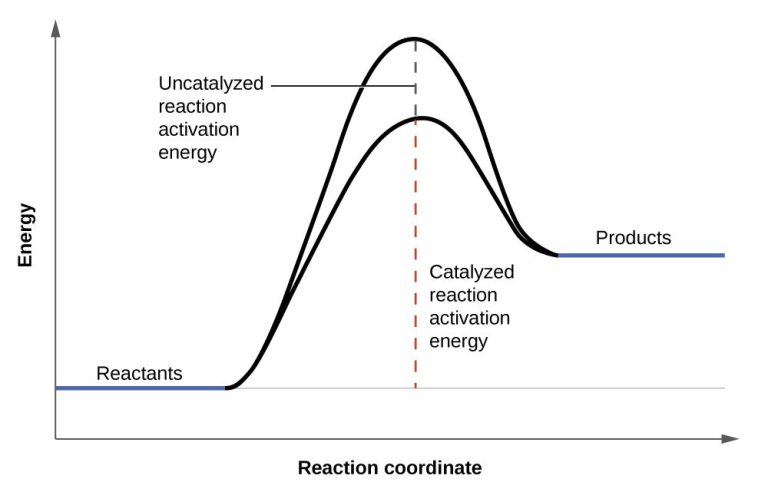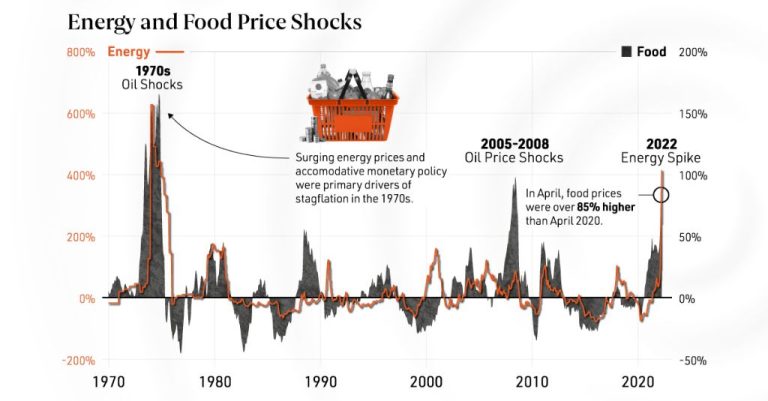What Are The Three E’S Of Sustainability?
Sustainability refers to practices that meet the needs of the present without compromising the ability of future generations to meet their needs. It has become an increasingly important concept as climate change, pollution, biodiversity loss, and resource depletion threaten the health of the planet and human society.
One framework used to understand sustainability is the three E’s model: Environmental sustainability, Economic sustainability, and Social sustainability. Environmental sustainability means protecting natural resources and the ecosystems and biological diversity they support. Economic sustainability refers to maintaining economic growth, stability, and productivity over time. Social sustainability involves creating an equitable society where all individuals have access to basic necessities, education, healthcare, housing, and employment.
Achieving sustainability requires finding a balance between these three interconnected dimensions at global, national, and local levels. This allows current generations to meet their needs without limiting future generations from being able to meet theirs.
Environmental Sustainability
Environmental sustainability refers to protecting natural resources, minimizing pollution and waste, and mitigating human impact on the environment, climate and ecosystems to ensure their longevity. This includes:
- Responsible use of natural resources – Using renewable resources at a rate where they can replenish themselves, and nonrenewable resources carefully and efficiently. Sustainable resource use ensures availability for future generations.
- Minimizing pollution – Reducing emissions, effluents (wastewater), solid waste and other pollutants that can contaminate air, water and land. This involves changing production processes, switching to renewable energy, recycling materials and proper waste disposal.
- Protecting ecosystems – Safeguarding the diversity of plant and animal species, and the health of landscapes, rivers, oceans and forests that sustain them. Habitat conservation maintains biodiversity.
- Mitigating climate change – Lowering greenhouse gas emissions from human activity that cause global warming and lead to issues like sea level rise and extreme weather. Transitioning to renewable energy and enhancing carbon sinks through reforestation can reduce climate impacts.
The goal of environmental sustainability is to undertake development and growth in a way that does not diminish the environment and natural capital for future generations.

Economic Sustainability
Economic sustainability refers to business practices and economic systems that support long-term economic growth without negatively impacting the environmental and social aspects of sustainability. The key principles of economic sustainability include:
Efficient Allocation of Resources
Economically sustainable practices ensure the efficient allocation of scarce resources to maximize long-term value. This involves investing in innovations, infrastructure, and workforce skills to increase productivity and competitiveness.
Long-Term Profitability and Competitiveness
Economic sustainability requires businesses to adopt strategies focused on long-term profitability rather than short-term gains. Environmentally and socially responsible practices can reduce costs and risks over time, enhancing competitiveness.
Fair Distribution of Wealth
For continued economic growth, wealth must be distributed equitably across society through measures like fair wages, progressive taxes, and social safeguards. Concentration of wealth in the hands of a few limits overall economic prosperity.
Social Sustainability
Social sustainability focuses on ensuring human rights, meeting basic human needs, and promoting social justice and equality for all people. It involves creating communities and societies that support human well-being both now and in the future.
Some key aspects of social sustainability include:
- Eliminating poverty and hunger – Ensuring all people have access to adequate food, clean water, shelter, healthcare, and education.
- Achieving health and wellbeing – Supporting physical, mental, and social wellbeing so people can lead fulfilling lives.
- Providing education and skills – Enabling access to quality education and lifelong learning so people can achieve their potential.
- Ensuring gender equality – Promoting equal rights, responsibilities and opportunities for women and men.
- Ensuring access to clean water and sanitation – Providing universal access to safe drinking water and adequate sanitation.
- Promoting equity and social justice – Eliminating discrimination while promoting diversity, social mobility, and participation.
- Upholding human rights – Respecting and protecting human rights in all activities and operations.
- Ensuring decent work – Providing safe, fair, and dignified working conditions including fair pay and opportunities for career progression.
- Strengthening institutions – Building effective, accountable and transparent institutions at all levels.
- Fostering social inclusion – Creating societies where all people, regardless of characteristics like race, ethnicity, gender or disability, feel valued and have access to opportunities.
Achieving social sustainability requires meeting immediate social needs while building capacity for long-term social development. It is interdependent with environmental and economic sustainability.
Interconnections Between the Three E’s
The three pillars of sustainability are highly interdependent and influence each other in complex ways. It is important to understand these interconnections when developing sustainability strategies and policies.
Environmental sustainability protects natural resources and ecosystems. However, environmental regulations and protections can impact economic growth in the short term. Policymakers must find a balance between environmental sustainability and economic sustainability.
Economic sustainability requires profits and growth. But this growth often exploits natural resources and ignores externalities that damage the environment. Sustainable economic models are needed that reduce resource consumption and waste.
Social sustainability promotes human well-being through equity, diversity, connectivity, and quality of life. But many modern amenities and technologies that improve quality of life also consume resources unsustainably. Social sustainability must be advanced in a way that minimizes environmental harm.
No single E can be pursued in isolation. For true sustainability, ecological, economic, and social sustainability must be advanced together through integrated policies and individual actions. The three E’s are highly interdependent, and progress requires a holistic systems perspective.
Challenges in Achieving Sustainability
Achieving true sustainability is an extremely difficult undertaking that requires overcoming many challenges and obstacles. Here are some of the major hurdles faced when pursuing sustainability across the three E’s:
Required Tradeoffs and Balancing Acts
Sustainability often requires making difficult tradeoffs and balancing competing interests. For example, policies that benefit the environment like stricter regulations may come at the cost of economic growth. Companies may need to sacrifice some profits in order to invest in more sustainable practices. There are always opportunity costs and unintended consequences that must be weighed.
Conflicting Stakeholder Interests
There are many diverse stakeholders involved, ranging from governments to businesses to citizens. Each group has its own set of priorities and motivations, which often conflict with one another. This makes it challenging to get alignment and buy-in across all stakeholders on sustainability initiatives.
Short-Term Thinking
Achieving sustainability requires long-term, systemic thinking. However, our current systems often incentivize short-term, narrowly-focused decision making. Politicians may push for policies that yield benefits during their term, even if detrimental in the long run. Companies chase short-term profits over long-term viability. Overcoming innate human tendencies for immediate gratification is an immense challenge.
Best Practices and Examples
Many companies today are leading the way in adopting sustainable practices that benefit the environment, society, and their bottom line. Here are some of the top examples and case studies of organizations excelling in sustainability:
Unilever has set ambitious sustainability goals like becoming carbon positive across its operations by 2030. They’ve already cut greenhouse gas emissions in half compared to 2008 levels and are on track to meet their targets. Their pioneering work shows that growth and sustainability can go hand-in-hand.
IKEA uses nearly 100% renewable energy across its stores and has invested over $2.5 billion in wind and solar projects. The company aims to be climate positive by 2030 by reducing more greenhouse gas emissions than its value chain emits. IKEA’s model demonstrates how renewable energy provides environmental and economic advantages.
Patagonia has long pioneered sustainable practices in its supply chain and products. Their robust chemical policy banned harmful chemicals back in the 1990s while most companies lacked such standards. Patagonia also offers product recycling and implements sustainable sourcing and manufacturing. The brand exemplifies how sustainability can be central to operations.
Apple powers all of its facilities worldwide with 100% renewable energy and is pushing suppliers to transition as well. The tech giant is also working to build a closed-loop supply chain through extensive recycling programs. Their approach shows the power of leveraging renewable energy and circular economy principles.
Beyond Meat has captured significant market share by offering plant-based alternatives to meat. Their products generate 90% less greenhouse gas emissions, require 46% less energy, and have 99% less impact on water scarcity and 93% less impact on land use than animal protein. Beyond Meat demonstrates the promise of sustainable food innovation.
With determined leadership, investments in R&D, goal-setting, and effective execution, companies across industries are realizing the triple bottom line benefits of sustainability – for people, planet and profit. Their success stories offer models and inspiration for organizations aiming to embed sustainability into their business.
Government Regulations and Policies
Governments around the world have implemented various regulations, laws, incentives and international agreements related to sustainability over the past few decades. These aim to address environmental, economic and social aspects of sustainability.
Some key examples include:
- The United Nations Framework Convention on Climate Change (UNFCCC) – an international environmental treaty adopted in 1992 to stabilize greenhouse gas concentrations and prevent dangerous climate change.
- The Kyoto Protocol – adopted in 1997 to commit countries to reducing greenhouse gas emissions.
- The 2030 Agenda for Sustainable Development – adopted by all United Nations Member States in 2015, providing a blueprint for peace and prosperity for people and the planet.
- The Paris Agreement – a legally binding international treaty on climate change, adopted in 2016.
- National renewable energy targets – many countries have targets to increase the share of renewable energy.
- Carbon pricing schemes – implemented in many jurisdictions to put a price on carbon emissions.
- Fuel efficiency standards – regulating the fuel efficiency of vehicles.
- Sustainable public procurement policies – requiring sustainability criteria in government purchasing.
Governments play a crucial role through such regulations, laws, incentives and oversight mechanisms. These policy measures aim to steer society and the economy in a more sustainable direction by promoting environmentally conscious practices and innovations.
Individual Actions
Every person can make choices in their daily lives to help support sustainability. This starts with being aware of your consumption habits and carbon footprint. Reducing energy usage at home by adjusting the thermostat, switching to LED lightbulbs, and line drying clothes can significantly reduce an individual’s environmental impact. Cutting back on consumption of new goods, buying secondhand when possible, and recycling helps reduce waste. Choosing to walk, bike, or take public transportation over driving alone also reduces emissions from vehicles.
Food choices matter too. Opting for local, organic, plant-based foods leaves a smaller carbon footprint compared to meat and processed foods that are transported long distances. Growing a garden is another great option. Composting food scraps and other organic waste reduces methane emissions from landfills. Installing solar panels, if feasible, allows an individual to generate their own renewable electricity.
People can also make sustainable choices related to their career. Pursuing a job in renewable energy, sustainable agriculture, environmental protection, eco-friendly construction, or other fields that support sustainability allows one’s work to align with their values. Additionally, individuals can be sustainability advocates within their workplace by promoting reductions in waste and resource usage.
Beyond one’s personal habits, grassroots activism is crucial for driving large-scale change. People can volunteer or donate to environmental organizations. They can join protests and pressure elected officials to pass climate policies. Citizens can also canvass neighborhoods spreading awareness and encouraging sustainable actions. Through collective action, individuals gain power to catalyze sustainability transformations within their communities and society.
Conclusion
Sustainability requires balancing environmental, economic, and social needs. The three E’s of sustainability are deeply interdependent. Environmental sustainability involves protecting natural resources and ecosystems. Economic sustainability requires generating prosperity without excessive consumption. Social sustainability means fostering wellbeing, equity, and social justice for all people.
Achieving sustainability is critical for the future of humankind and our planet. We face major challenges like climate change, pollution, inequality, and resource depletion. However, by working collectively across governments, businesses, and as individuals, a sustainable world is possible. We must transition to renewable energy, practice conscious consumption, support eco-friendly policies, and adopt sustainable lifestyles. The stakes are high, but the rewards of a just and sustainable future make it worth the effort.
With smart policy, responsible business practices, and changes in individual behavior, we can thrive in harmony with nature and each other. Our future depends on living within our planetary boundaries to sustain Earth’s ecosystems and communities for generations to come. Sustainability starts with each of us. Together, we can build a world that meets the needs of the present without compromising the future.





